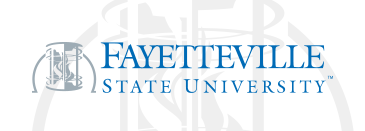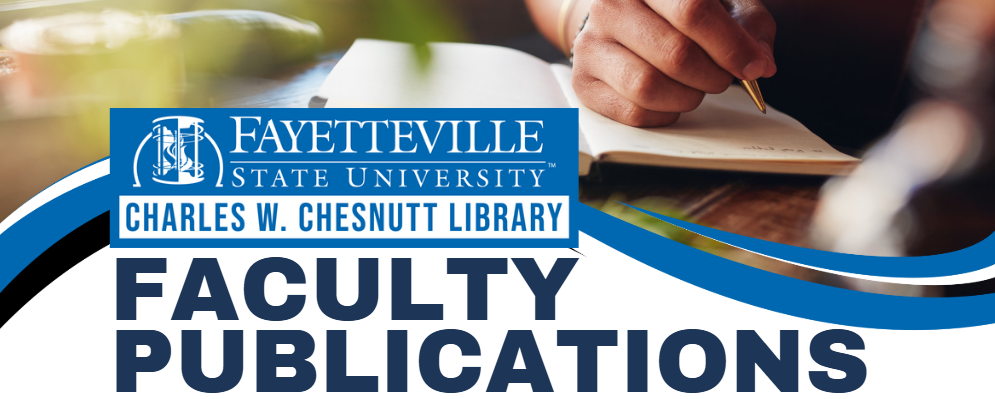Adjusting to a new normal: understanding the need for a significant overhaul of the technological infrastructure at higher education institutions
Document Type
Article
Publication Date
2025
Abstract
Many universities utilized a reactive, piecemeal approach to adapt and rapidly reopen schools at the onset of the COVID-19 pandemic. Although schools were able to resume classes online relatively quickly, there was limited time to explore best practices for an optimal online learning environment. The pandemic exposed significant issues in the technological infrastructure at universities that impacted revenue, enrollment, and the overall learning environment. The technological infrastructure encompasses online teaching/learning, virtual engagement, and billing practices for distance education. While billing for distance education is not commonly included as a part of a university’s digital framework, we contend that it is a pivotal issue that could impact operational efficiencies. Tuition/fee rates and enrollment numbers for online vs. face-to-face courses in 50 US schools are explored. A review of the literature, anecdotal evidence, paired t-tests, and descriptive statistics reveal similar trends; for most universities, if tuition/fee rates for students that have the same residency status are compared, there are significant differences in the cost for online and face-to-face courses. The impact of these billing disparities, within the context of a university’s digital infrastructure, is also explored. Ultimately, this research paper highlights challenges and strategies to improve faculty preparation, technology, internet access, assessments, exam proctoring/supervision, IT support, learning management systems, and billing in a virtual learning/teaching environment. © 2025 Elsevier B.V., All rights reserved.
Recommended Citation
Lightner, Constance; Lightner-Laws, Carin A.; and Womack, Tameka, "Adjusting to a new normal: understanding the need for a significant overhaul of the technological infrastructure at higher education institutions" (2025). College of Business and Economics. 367.
https://digitalcommons.uncfsu.edu/college_business_economics/367


